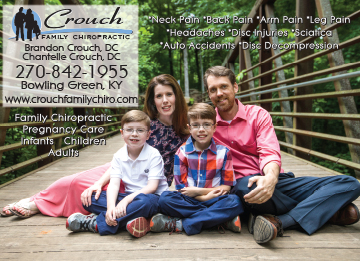
Surgeons, dermatologists, ophthalmologists, chiropractors, physical therapists and other health practitioners are utilizing the power of lasers to improve the health of their patients. Low level light therapy (LLLT) uses the power of lasers to treat sprains, speed healing, and to reduce pain and inflammation. With advancements in laser technology, we are now using them to treat peripheral neuropathy. If you have peripheral neuropathy, then LLLT should be part of your treatment plan.
In areas of tissue damage, LLLT can activate stem cells in the body to speed healing. In dermatology, LLLT has been used beneficially for healing of burns, reducing scars, reducing wrinkles, and rejuvenating the skin. Inflammatory diseases such as psoriasis have also shown to be reduced due to LLLT. LLLT has been shown to be non-invasive and has little to no known side effects.
Light therapy works using simple biology. Let’s take for example how our skin is able to absorb sunlight and is able to synthesize vitamin D3. It does this naturally. In the same way, our bodies respond very well to red and near-infrared wavelengths. LLLT emits photons which are absorbed by the skin cells. When LLLT is absorbed, it starts a reaction of electron transport, adenosine triphosphate (ATP) nitric oxide release, and increased blood flow.
Low level light therapy should be an essential piece of the puzzle when treating peripheral neuropathy. We know that LLLT stimulates cellular regeneration and in peripheral neuropathy it’s no different. Peripheral neuropathy is a condition where the nerves of the body are beginning to die.
Studies have shown it takes a low-level light laser that has a wavelength of 890nm (near infrared light) to be effective. Clinical research has shown that it stimulates the production of nitric oxide which helps to increase local circulation, reduce pain, reduce inflammation, increase angiogenesis, and allows for collagen synthesis.
With peripheral neuropathy, the nerves die due to a lack of blood flow, oxygen, and nutrients. A key benefit of LLLT is that it has been shown to stimulate angiogenesis. Angiogenesis is the formation of new blood vessels. New blood vessels bring more oxygen and nutrients to revive the nerve fibers.
The proof is in the studies. Clinical studies covering more than 4,000 patients who have utilized low level light therapy (with a wavelength of 890nm) for peripheral neuropathy have reported amazing results. 97% of the patients in the studies showed improved sensation. 92% of those patients also reported reduced pain. In addition to these fantastic results, they also had an 85% improvement in overall balance. If you put all these improvements together, that leads to fewer falls, less pain, and improved activities of daily living.
Peripheral neuropathy can be a slow decline or seem to show up rapidly. Either way, it can be devastating to your lifestyle and your quality of life. Low level light therapy helps to address the underlying cause of peripheral neuropathy. If you have peripheral neuropathy, I hope you will consider finding a doctor whose neuropathy treatment protocol uses low level light therapy.
-by Dr. Brandon Crouch
About the Author: Dr. Brandon Crouch is a Chiropractor with Crouch Family Chiropractic (www.crouchfamilychiro.com). Although his primary care is the spinal adjustment, Dr. Crouch also uses a cutting-edge natural protocol specifically for those suffering with peripheral neuropathy. If you have questions or comments, Dr. Crouch can be reached at 270-842-1955 or via email at: office@crouchfamilychiro.hush.com.
Disclaimer: The information in this article is not intended to replace a one-on-one relationship with a qualified healthcare professional and is not intended as medical advice. The information is meant for educational and informational purposes only. The information provided is not meant to diagnose, treat, or cure any disease or condition. Please consult your healthcare professional before changing or starting any new exercise routine, dietary, vitamin, or mineral supplement.

